[ad_1]

Written By: Sabrina Peterson
Are you tired of the same old hairstyle? Do you want to add some flair and pizzazz to your locks? Look no further! Hype Hair and Conair Scunci hair accessories have joined forces to bring you an exciting range of stylish and trendy hair accessories, available at 950 Burlington stores nationwide. Whether you’re looking to make a bold statement or simply add a touch of elegance, these accessories are sure to elevate your hairstyle game to new heights.
The Power of Hair Accessories
Hair accessories have been a staple in the world of fashion and beauty for centuries. From elegant headbands to colorful scrunchies, these small additions can transform an ordinary hairstyle into something extraordinary. Not only do they serve a functional purpose by keeping hair in place, but they also allow individuals to express their unique style and personality.
Introducing Hype Hair & Conair Scunci Collaboration
– ADVERTISEMENT –
Hype Hair is a well-known brand in the beauty industry, offering high-quality products and inspiring hair trends for women of all backgrounds. On the other hand, Conair Scunci has been a go-to name for hair accessories, catering to various needs and tastes.
With their combined expertise and passion for hair, the collaboration between Hype Hair and Conair Scunci has resulted in an exceptional collection of hair accessories. This partnership brings together cutting-edge designs, durable materials, and the latest fashion trends to meet the diverse needs of their customers.
Discover the Collection
The Hype Hair & Conair Scunci hair accessories collection at Burlington stores is a treasure trove of fashion-forward pieces suitable for any occasion. Here are some of the standout items you can find in this exclusive collection:
1. Glamorous Headbands: Add a touch of sophistication to your look with elegant headbands adorned with pearls, rhinestones, or intricate patterns. These headbands can effortlessly elevate your hairstyle for weddings, parties, or formal events.
2. Chic Hair Clips: For a trendy and modern look, explore the variety of hair clips available in the collection. From minimalist designs to bold and eye-catching pieces, these clips can easily enhance your everyday hairstyles.
3. Versatile Scrunchies: Scrunchies are making a comeback, and for a good reason! They are gentle on your hair and can be used in numerous hairstyles, from messy buns to half-up half-down looks. With a plethora of colors and patterns, you’ll surely find the perfect scrunchie to match any outfit.
– ADVERTISEMENT –
4. Stunning Bobby Pins: Say goodbye to plain and uninspiring bobby pins. The collection offers a selection of decorative bobby pins that can add a touch of glam to your updos or simply keep your hair in place with style.
5. Fashionable Hair Ties: Upgrade your basic hair ties to trendy and chic ones. Whether you prefer sleek metal hair ties or playful printed elastics, this collection has something for every taste.
Embrace Your Unique Style
One of the most significant advantages of the Hype Hair & Conair Scunci collection is its versatility. Whether you have short hair, long locks, curly tresses, or straight strands, there’s an accessory that perfectly complements your unique style. Experiment with different combinations and hairstyles to discover new ways to express yourself through your hair.
Find Your Perfect Hair Accessory
The Hype Hair & Conair Scunci hair accessories collection is available at 950 Burlington stores nationwide, making it easily accessible to shoppers across the country. When visiting your nearest Burlington store, you’ll find a dedicated section filled with an array of hair accessories, allowing you to browse and find the perfect match for your hair and personal style.
So, what are you waiting for? It’s time to take your hairstyles to the next level with the Hype Hair & Conair Scunci hair accessories collection. Explore the assortment at Burlington stores near you and embrace the power of hair accessories to express your unique style and make a statement with your hair.
– ADVERTISEMENT –

related
[ad_2]







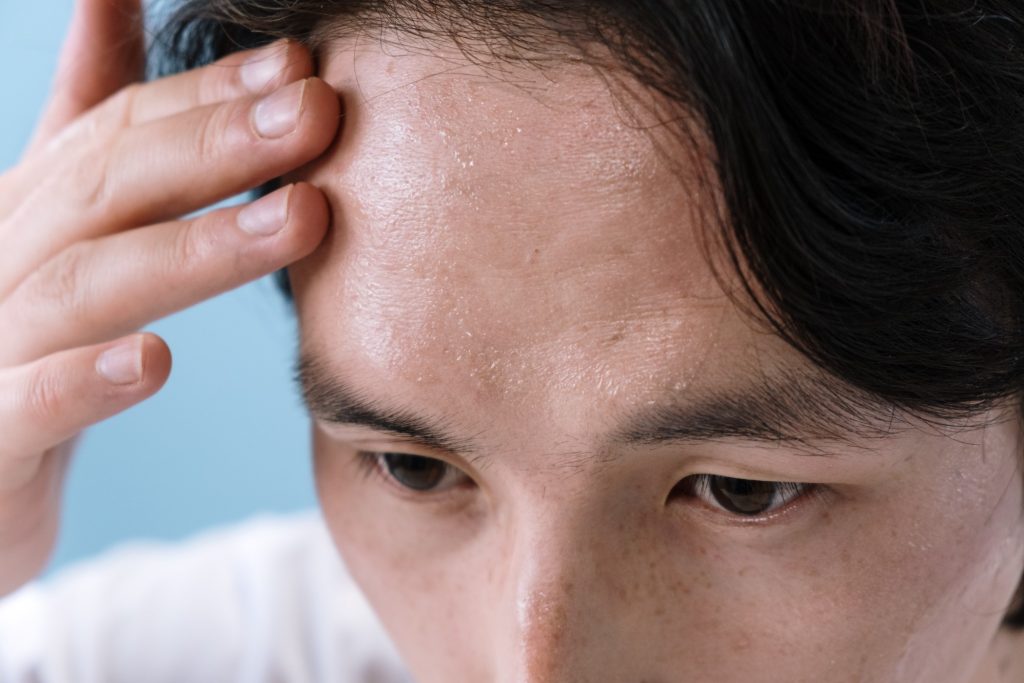




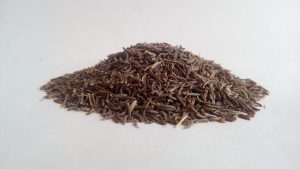





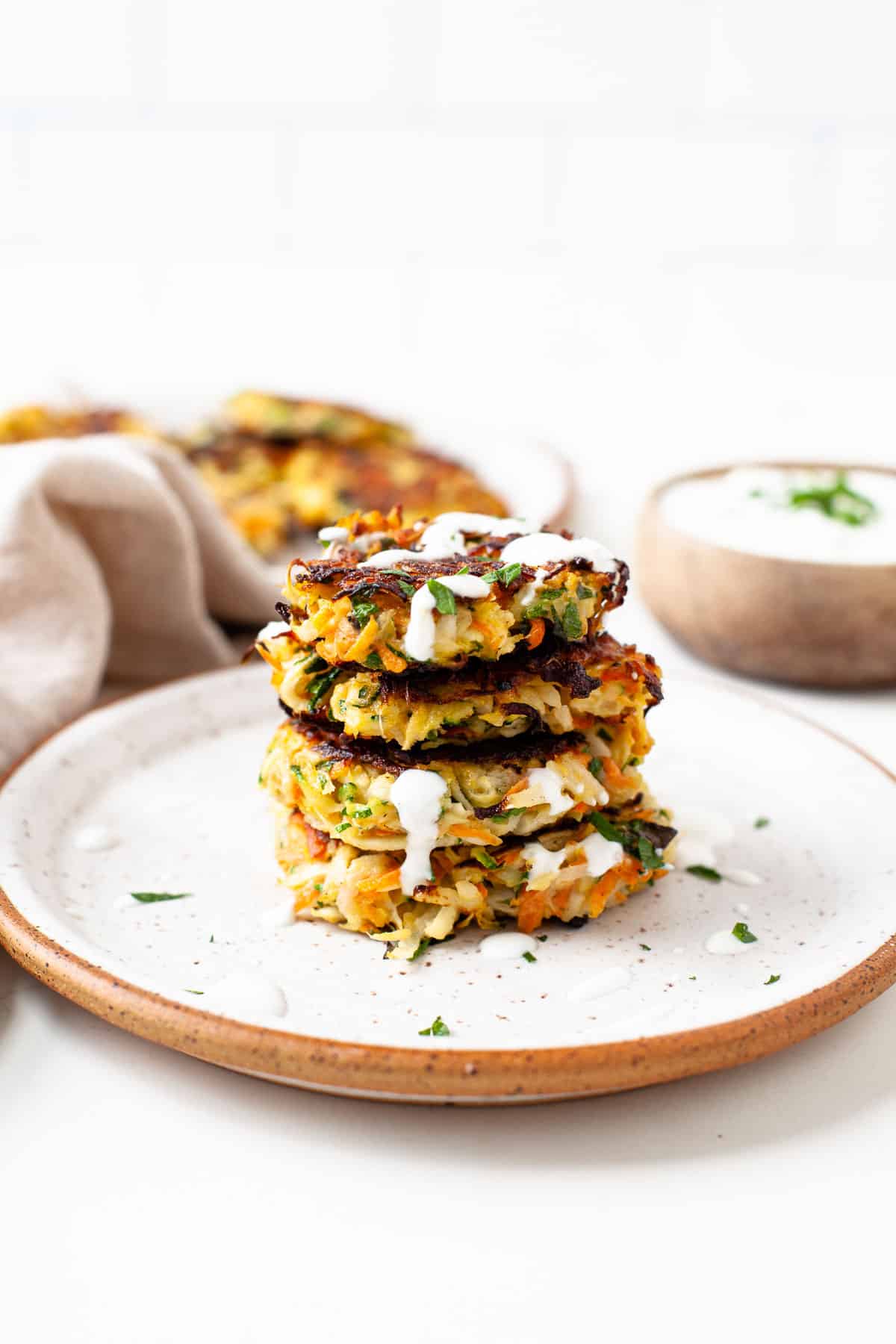
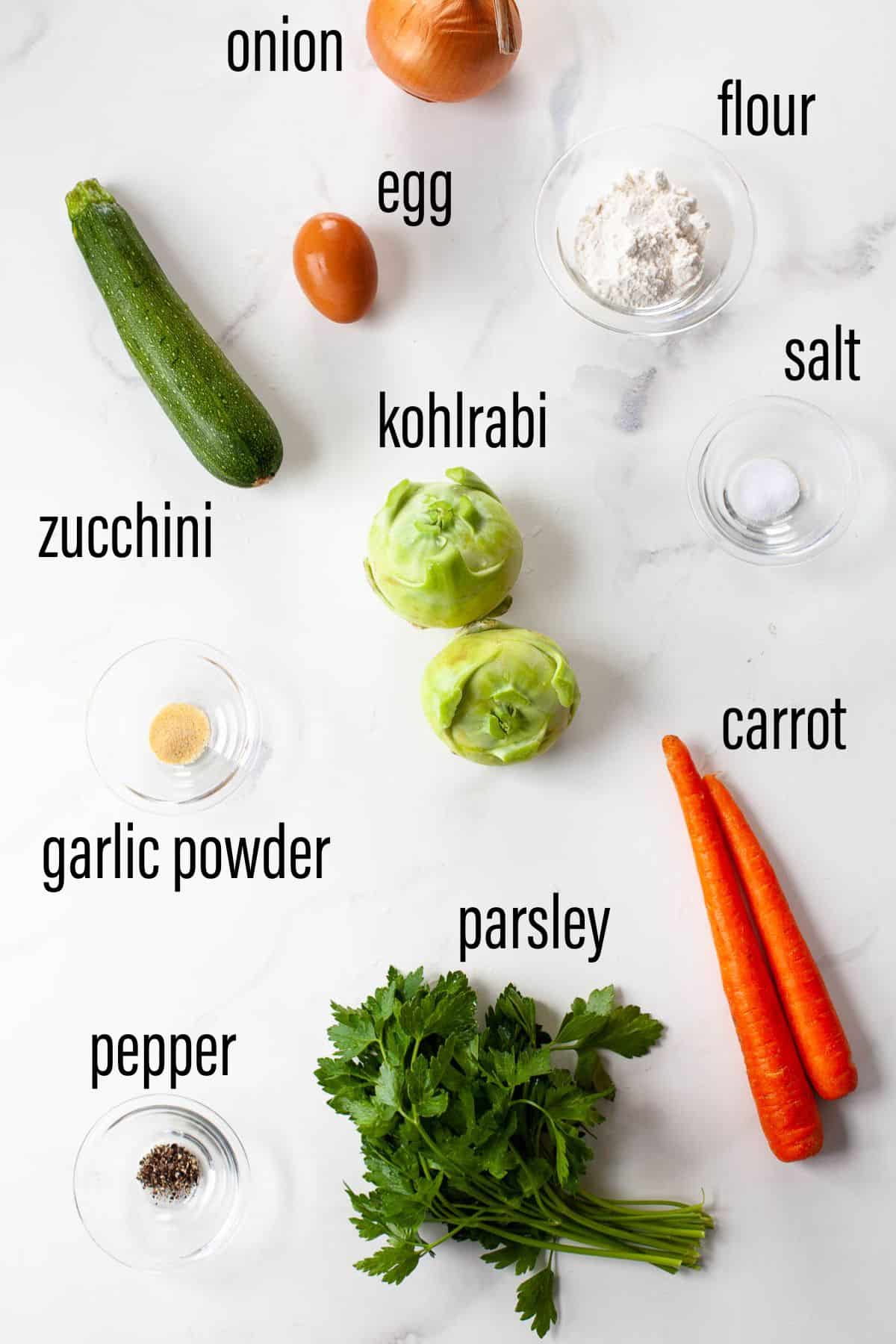 Notes on Ingredients
Notes on Ingredients
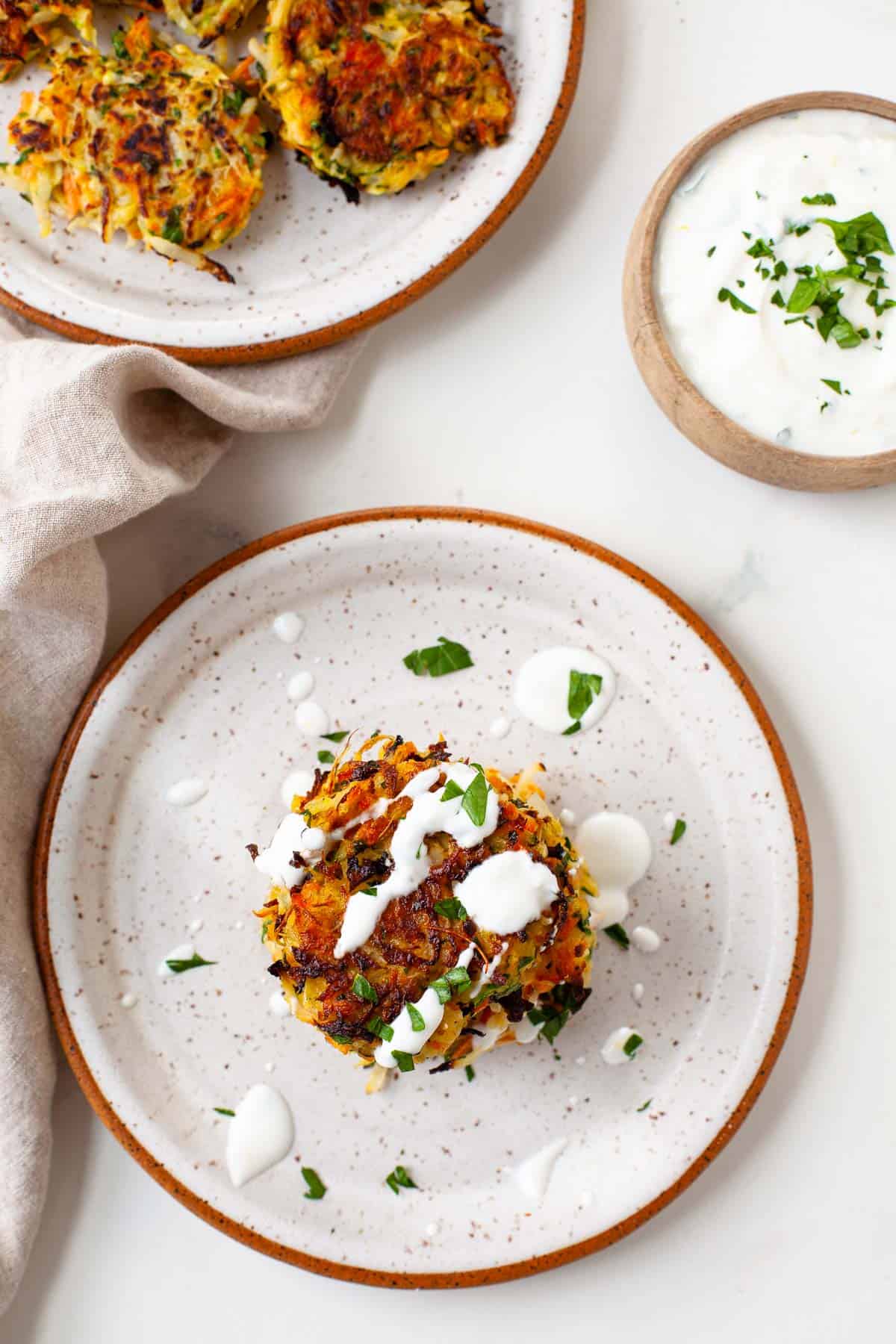
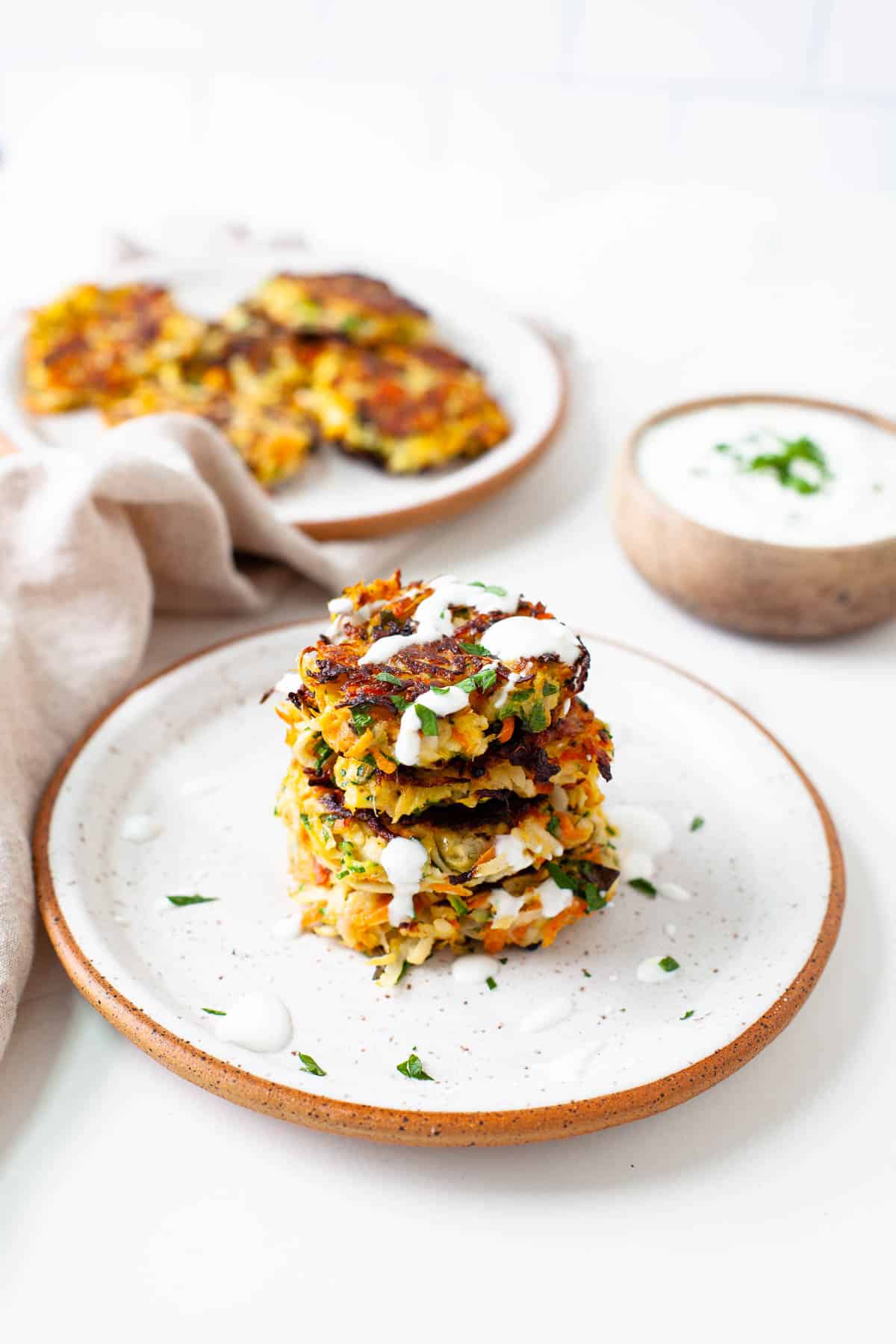 For more veggie inspiration, check out my other recipes below!
For more veggie inspiration, check out my other recipes below! 